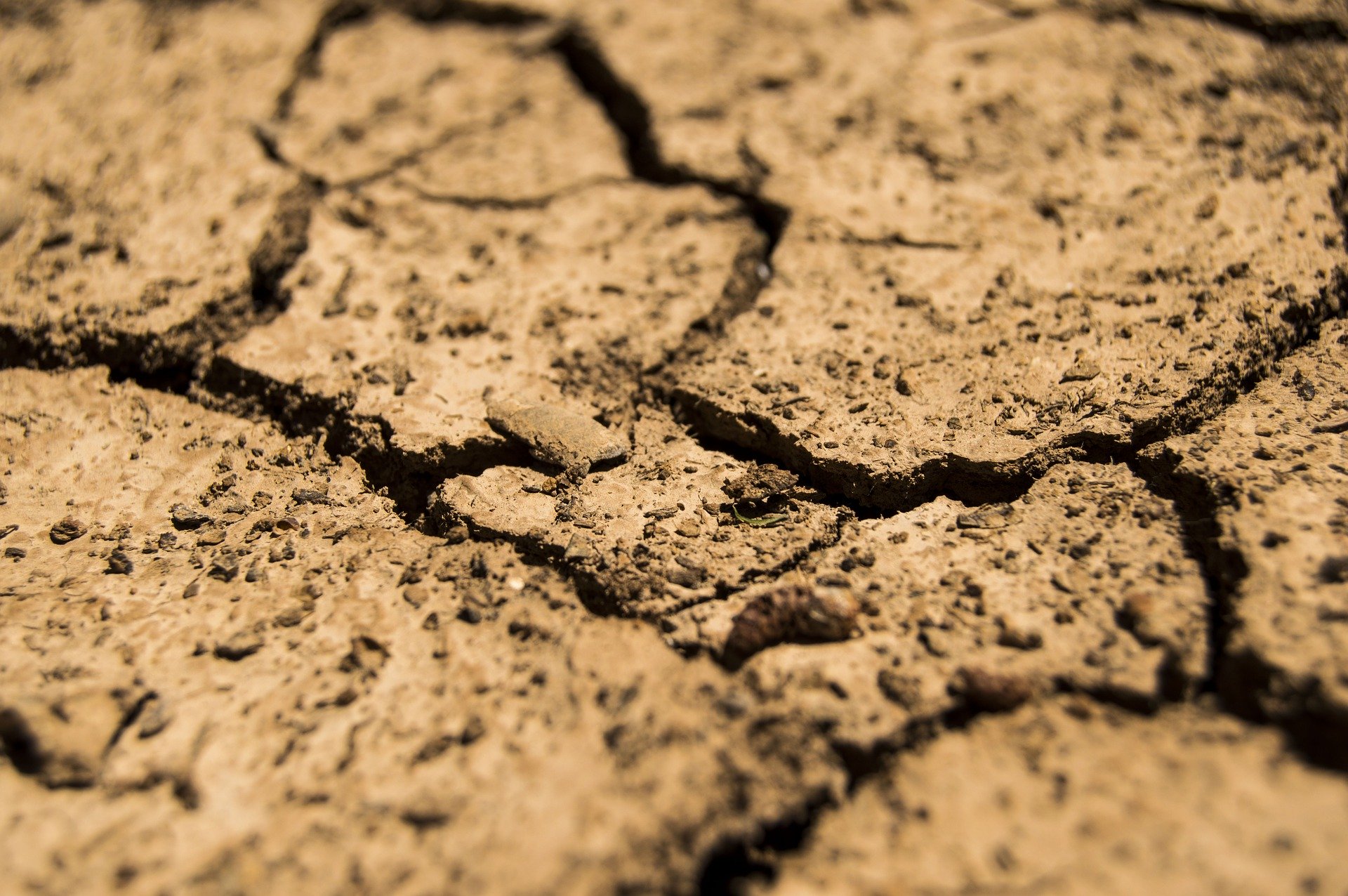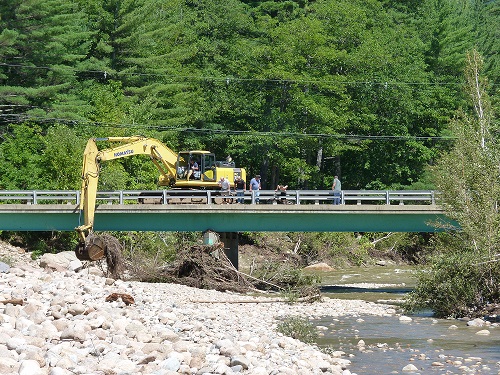Storms and Emergencies
Disaster preparedness and emergency planning are important for protecting infrastructure and the environment.
Storms and other emergencies have the potential to affect much of New Hampshire’s critical infrastructure such as dams and public drinking water systems, as well as nature’s infrastructure, through erosion and flooding.
NHDES attempts to minimize these risks through strategic planning and security measures, as well as through mandatory Emergency Action Plan (EAP) development for critical infrastructure that can threaten public health and safety during emergencies.
Related Content

Monitoring drought conditions
Because New Hampshire appears water rich in comparison to many other regions of the United States, people mistakenly think the occurrence of drought is a rare event. In actuality, New Hampshire experiences drought quite frequently.

Preparing municipalities and residents for flooding events
As flood events occur more frequently in New Hampshire, staff within the New Hampshire Geological Survey (NHGS) and Dam Bureau at NHDES are building tools and techniques to support local communities in their planning for and response to these events.
Ice jams are a spring hazard that can create flooding
Winter flood hazards on New Hampshire’s rivers and streams involve ice jams, when ice breaks up and starts to flow with warmer weather. When water backs up behind jams, flooding can occur upstream and downstream of the jam.
Planning for Emergencies
NHDES offers guidance, forms and procedures to help public water system and dam owners that are required to develop an Emergency Action Plan, which should include a notification plan, the potential extent of the emergency, and actions to be taken upon indication of an impending emergency. See below for more information.
Public Water System Emergency Planning
Tools and assistance to plan for, respond to and recover from a water system emergency.
Dam Emergency Action Plan Guidance
Emergency action plans assist dam owners and communities in the event of a dam failure.
Emergency Permitting 
The NHDES Wetlands Bureau allows for emergency permitting when there is a threat to public safety, public health, or significant damage to public infrastructure or private property is imminent due to an emergency. If the wetlands impact is a result of an event beyond the control of the public agency or property owner, such as a natural disaster, you can apply for a Wetlands Emergency Authorization. Such emergency actions are subject to the requirements of Administrative Rule Env-Wt 315. To learn more about the process, see the "Emergency Authorization for Wetlands Impacts" fact sheet.
If the impacts are within the protected shoreland, a property owner may request an authorization on an emergency basis or may be allowed to impact the protected shoreland without a permit or prior authorization. A shoreland permit application may be needed following these impacts. For more information, contact the Shoreland Program at (603) 271-2147 or by email at shoreland@des.nh.gov.




